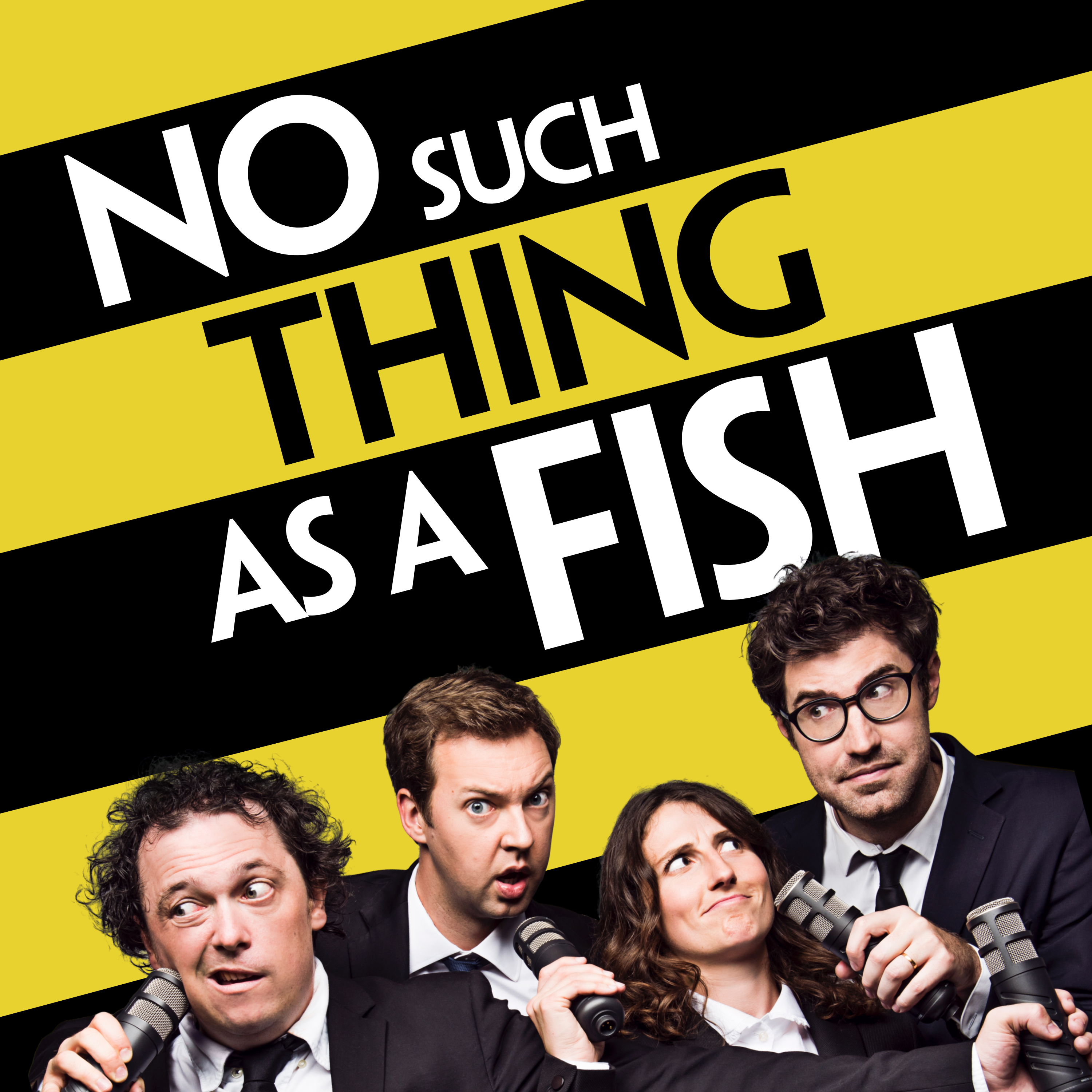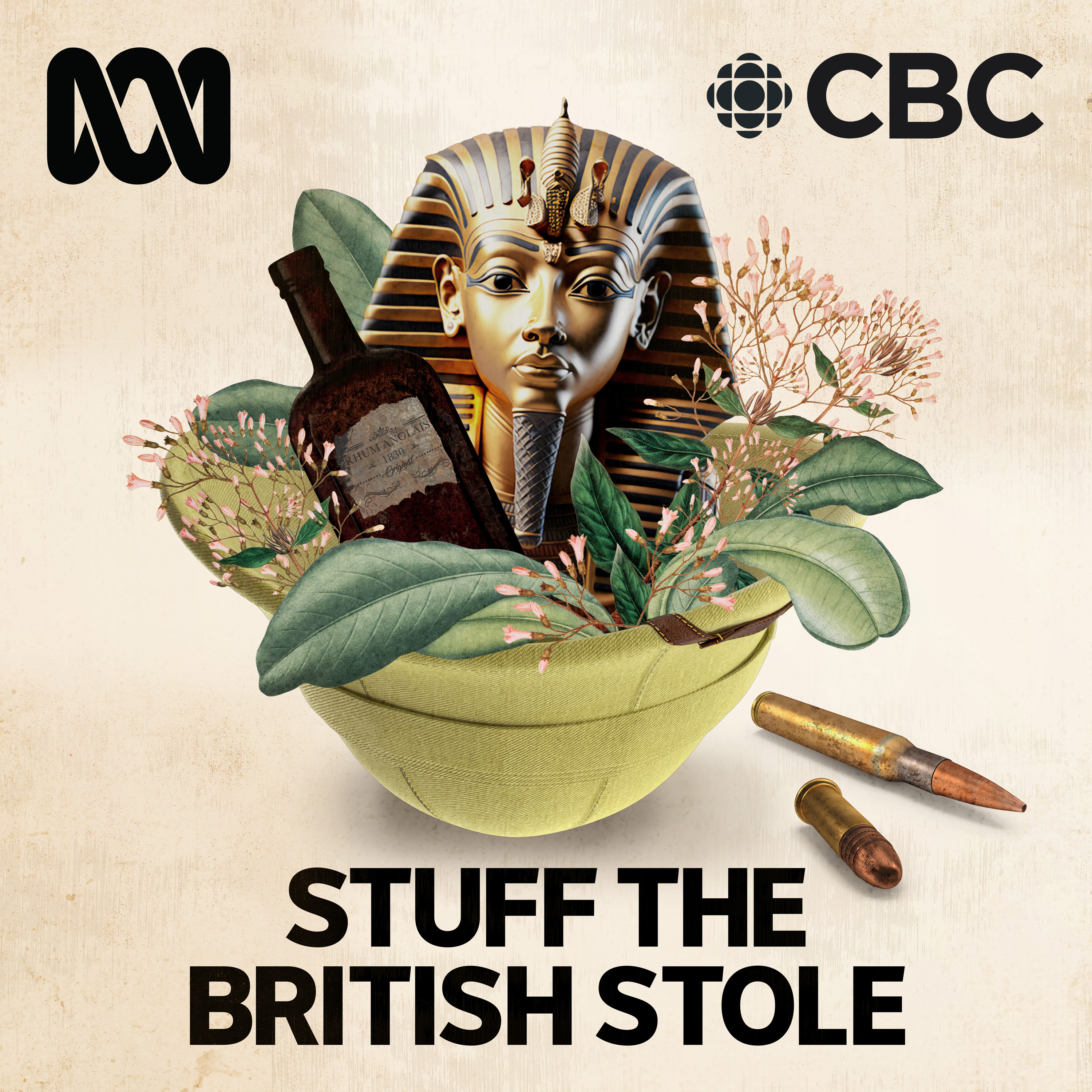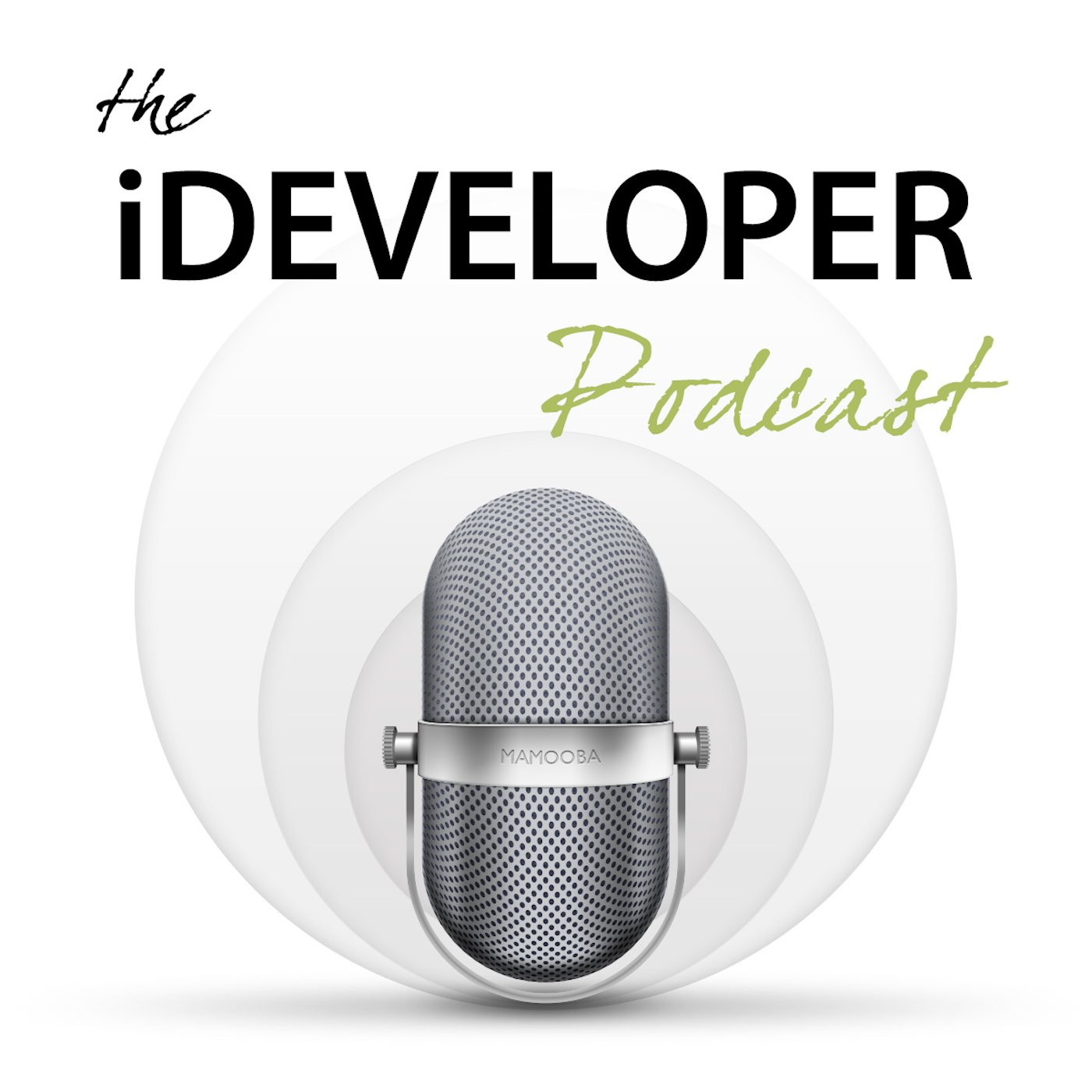
Piano, finally
Piano Finally is a podcast by an old bloke who is learning the piano, finally. I cover the process of learning the piano and music theory as an adult learner. I also review piano books, hardware and other materials from an adult learner's perspective.
Piano, finally
Episode 60 - Choosing Six
🎙 Episode 60 – Choosing Six
Welcome to Episode 60 of Piano, Finally, a podcast about learning the piano later in life and enjoying the journey along the way.
This week, tickets went on sale for the Out West Piano Fest. It will be held in October at Blackdown Farm in Bathurst and features five concerts over three days with meals included. Wynona Wang, prize-winner at the 2023 Sydney International Piano Competition, will be performing, along with other pianists and a few surprise guests. More details are at Out West Piano Fest.
Early morning practice has its perks, but also one drawback: the cold. A simple solution? Fingerless merino wool gloves. They keep the hands warm without interfering with playing. Macpac Fingerless Gloves
YouTube Review – Greg Allison
This week I recommend Greg Allison’s channel, where he demonstrates all the presets for the Native Instruments Claire piano—over 100 in total. These videos are beautifully recorded, text-labelled, and let the sound speak for itself. He also covers Pianoteq instruments and other music gear. Greg Allison on YouTube
Essay – Choosing Six
New term, new pieces. Devi and I picked six pieces from the ANZCA Preliminary books to focus on specific skills: rhythm, articulation (particularly mixing legato and staccato), dynamics, and better awareness of key signatures. These selections are designed to help me progress steadily, building skills I can later bring back to more challenging pieces like the Mozart and Rossi works.
Review – ANZCA Preliminary Classical
The ANZCA preliminary series books are excellent stepping stones between preparatory pieces and Grade One. They include technical exercises, classical-era works, and 20th-century pieces. I review the classical book in this episode.
ANZCA website
ANZCA piano books
Classical Pianoforte Series 2 Preliminary Book
Progress
This week’s practice includes the first two of the new pieces: Study in G by August Müller and Tick Tock Blues by Glenn R. Hunter. For something different, you’ll also hear Dorico’s playback of these pieces before my own recordings
The contents of this podcast were entirely generated by a human. These show notes, however, were created by ChatGPT.
You can contact me:
- via email at david@pianofinally.show; this is probably the best option
- the show website, www.pianofinally.show
- Instagram and Threads @pianofinally
- and on YouTube
- all the podcast directories - list
- here's the RSS feed
Some of the links to books and other items mentioned in the podcast may affiliate links for Amazon or other providers. If you use one of these links, a commission may be paid to me at no additional cost to you. Thank you if you use a link.
All reviews of products, websites and services are unpaid, and no sponsorship has been received for any content on this podcast.
G'day everyone, I'm David Reidy. Welcome to Piano, finally, a podcast by an old bloke who's getting around to learning the piano, Finally. Welcome to Show 60. Thank you very much for listening. If this is the first time you're hearing the podcast, I hope you enjoy what's in the show. If you're back for another episode, then thanks for returning. If you too are learning a musical instrument, let me know how you're going with it. You can contact me at david at pianofinally.show. The tickets for the Out West Piano Fest went on sale on Friday. The festival takes place over three days in October, with five concerts and meals included. The venue is Blackdown Farm in Bathurst, which is a bit over an hour from home, so I'll be going. The full program hasn't been announced yet, but Wynona Wang, one of the prize winners from the 2023 Sydney International Piano Competition, will be performing along with three other pianists and two other artists who aren't pianists. The announcement is keeping it a bit mysterious. It should be an entertaining weekend. There's a link in the show notes to the festival information. Maybe I'll see you there. I've also discovered a really useful extra piece of equipment to help with my piano practice. Recently, I switched back to practising first thing in the morning. This has the advantage of being timed that I can almost guarantee will be free, and doesn't have the disadvantage of being at the end of a day of work when I'm tired. I get up about a half an hour earlier, and compensate by going to bed a half an hour earlier. The biggest disadvantage is that it's really cold in the house at 4.30 in the morning, and although I have the home automation turn the heater on at the piano about a half an hour before I get up, my hands still get very cold. The new practice aid is a pair of fingerless gloves. I had tried normal gloves, but they didn't feel right on the keys. These new fingerless merino wool gloves are working well. They weren't too expensive, and they're making early morning practice much more enjoyable. As you would be aware, over the last month or so, I've been using Native Instruments' Claire Piano as the instrument for some of the progress sections. I use it and Pianoteq 8 when I'm practising, just to vary the sound a bit. So this week I was pleased to find a YouTube video that demonstrates all the presets that are available with the Claire piano. The video is over 40 minutes long, as there are more than 100 presets that come with the Claire piano. Many of these presets are different straight piano sounds, with variations such as felt or other dampening, but others have much more complex effects added to the basic sounds. They're not the sort of sounds I'd be using for practice playing, and I probably wouldn't have got around to listening to them for a long time, except for this video. The video is by Greg Allison, a musician and sound designer whose channel is filled with piano and guitar content and reviews of the different software and equipment he uses in his work. Of particular interest to me are his piano demonstrations, which are done purely by playing the instruments with a text overlay to identify the preset. Greg doesn't say anything in those videos, letting the music and the sounds speak for themselves. Other videos on the channel look at some of the pianos that are available in Pianoteq 8, including all the new releases. The videos are nicely done, the sound quality is great, and they provide a good way to preview those instruments if you're thinking of investing in them. This is also the most dangerous thing about the channel. It is very simple to get these pianos with an online payment, and in most cases, they're not cheap. But if you want to hear the current state-of-the-art in piano sampling and emulation, then head over to Greg Allison's channel. The link is in the show notes. Just as the new term is now underway at school, so is the new term for my piano lessons. One of the first jobs this week was to choose some new pieces to advance my playing. I had picked four pieces from the grade one books a while back, but they've been proving slow going. So while I am still working on them, Devi suggested finding some easier pieces so that I'm making some visible progress. The four pieces I had been working on before the Mozart and the Wynn were from the ANZCA preparatory series two books. So I bought the next two in the series, the preliminary books. I'll review both these books in detail in the show The Classical Book this week and the Modern Book in the next episode Given that there are a dozen pieces in each book how did we decide upon the six that will be the ones I work on? The books are each divided into three sections to correspond to the requirements for the ANZCA examinations As I'm not intending to do the exams these divisions aren't really important although in the Modern Book they are genre specific. The classical book has one section of more contemporary pieces and two with late classical and early romantic period compositions. Devi started by looking through the book and playing a bit of each piece so I had some idea of what it would sound like but this wasn't the main criterion. What was more important was that the piece would help me improve my skills. It is important to have pieces that you like listening to, but at this stage of learning to play, I don't think that is the main reason for picking a piece, at least not these pieces. I'm getting pretty good at matching the note to the key. There are still some times I need to stop and think, especially with notes on the bass clef, but even with a couple of ledger lines, I'm not too bad. Remembering key signatures still needs improvement. I normally don't remember until I play the first wrong note, so getting it right the first time is one of the things I'm concentrating on. At the moment, before I start on each new piece, I practice the scale, and hope that will remind me that it's an F sharp rather than an F. Dynamics are getting better, the Bagatelle in F in the last set of pieces helped there, and so did getting a better sound set up for the Kawai, so that the variations in loudness were more apparent when practising. The pieces we have chosen this time still have a lot of dynamic markings in them, both the gradual types and the more sudden changes. There have been a few videos on YouTube recently making the case that the hairpin marks for gradual dynamics changes should be read as tempo changes rather than loudness. Perhaps you can make this case for older Baroque and classical music, but in modern compositions they're definitely for dynamics. The areas I think I need to concentrate on now are rhythm and articulation. If the music is written at a nice steady tempo, crotchets and quavers, the occasional minim, then I don't have much of a problem. I'm even good at slowing down when required, and often when not required. This doesn't go so well when I add in articulations that are anything other than legato. I've never had a problem with legato playing. It's the style I found myself using right from the start, and I mean finger legato. I'm still not using the pedal for anything It's the other form of articulations that need work and so it is one of the things that we looked for in the pieces The first pieces in each of the new books we have chosen each use staccato and legato extensively sometimes with the legato in one hand and staccato at the same time in the other I've noticed a small improvement even over the first week with the pieces but you can judge that for yourself in this week's progress section The other four pieces are all aimed at improving the more general aspects of playing. They have more complex chords than before, some more accidentals and rests thrown in with music, and some interesting fingering suggestions. Each of them will help improve in some way, so when I come back to the Rossi piece I'm still preparing for the showcase and the Mozart piece currently on hold, I'll be back on track to get them to performance readiness. I think it's important to remember that at this stage of learning the piano, the word is still learning, and perhaps finding nice musical pieces is a bit less important. I'm hoping that over the next few months, I'll get these new pieces to a standard I'm happy with, and build some new skills. Ready for the next challenge. There are two books in the ANZCA preliminary series. one for classical music and one for modern Newzik. I'll review the classical book this week and the modern one in the next episode. Both the books I have are the Series 2 books, which is the most current series. They were published in 2005. Maybe it's time for some new works. Just as a refresher, ANZCA stands for Australia and New Zealand Cultural Arts. It's a non-profit organisation that runs examinations across a range of artistic endeavours. As part of their work, they publish examination syllabuses for a range of musical instruments and books with collections of pieces suitable for each grade. There is a link in the show notes to their site and their piano books. The preliminary classical book begins with a section of scales and technical exercises that are part of the examination syllabus for that level. The scales included are C, G and D major and A and E harmonic minor. All of these are hands together and some are in contrary motion as well. There are also some arpeggio exercises. I do practice scales before pieces but I don't use this section of the book. There are 12 pieces in the rest of the book. Divide it into three groups of four for the exam requirements. The first eight pieces are all by composers from the late classical and early Romantic periods, while the last four are by 20th century and contemporary composers. Let's look at them in a bit more detail. There are two pieces by Muzio Clementi in the book, Arietta and Pyrenese Melody. Arietta is the easier piece, but both are in 2-4 time, with Arietta in C major and Pyrenese Melody in G major. and while the first piece is mostly crotchets and quavers, with one run of semiquavers, the second is largely semiquavers and sixteenths rests. The Köhler piece, melodic tune, is relatively straightforward in G major and 3-4 time, and nothing that appears too complicated. The Czerny study is designed as a teaching piece with mostly partial scale runs over chords. The last of the first group is study in G by August Müller, a piece with lots of both staccato and legato playing. It is also in 3-4 time and G major, of course. This is one of the pieces that I have chosen. The pieces in the second section are more complex. They include the second Clementi piece, Bach's A Song of Resignation, Daniel Gottlob Turk's Arioso, and a minuet by Johann Wilhelm Hassler, which is also the piece I have chosen. All of these pieces are much longer than those in the first section, with repeats, three of them are 32 bars long, with the bar coming in at 24. The group also includes one piece in F major. The four more modern pieces which end the book are simpler than the middle four, but they have a bit more rhythmic variation in them. Kangaroo Hop by Robert Keane is in D major. I've chosen the Andrew Craggs piece Kitty Frisk from this section, one of the others being unsuitable because of the composer's name, While a perfectly fine Danish surname, it sounds a bit too close to an English swear word to be used in the podcast. The last piece is Puppet on a String by Jay Selman, which is not the same as the famous Sandy Shaw song. There's plenty to choose from in this book, and the level is a reasonable step up from the pieces in the preparatory books. If you're not quite ready for Grade 1, but still want some slightly more challenging music, then this collection would be a good place to start. There's a link in the show notes to the Anska shop, where you can also find out the unfortunate surname of the Sailor's song composer. The new gear setup is almost complete. I've got the second monitor connected to the computer that I record and edit the podcast on. I just need a new microphone arm. The old one now gets in the way of the monitor. so I'll replace it with a low profile one now that I'm sure that it will clear the Arturia keyboard. The new software is working well although you might have noticed a glitch in one section last week where I made an error with the editing. There's still a lot to learn and the new secret project is coming along nicely. I'm not expecting much in the way of additional music this coming week. There's a bit of a gap in the concerts I have tickets for the next being a performance of Circa and the Art of the Fugue at the City Recital Hall in two weeks. It brings together acrobats and Bach's Art of the Fugue. The work has its world premiere in Brisbane this coming week so I have no idea of what to expect. I think I'll avoid the reviews and let it be a surprise. If you'd like to contact me, email is the best way. You'll find me at david at pianofinally.show and the website at www.pianofinally.show. In both cases, Piano, finally is all one word. The show is also on Spotify and available as audio only on YouTube. You can subscribe via any popular iOS or Android podcast application or from directories such as Apple Podcasts, Spotify or YouTube. I also post an excerpt and link for each episode as an Instagram Reel. If you're learning an instrument, let me know where you are in your journey. What's going well, and what are the challenges, and how are you managing your time? Do you get up early to practice? So, until next week, I hope your piano stays in tune, and you enjoy your time at the keys. I'll include the first two new pieces I am working on this week. They are Study in G by August Müller, and Tick Tock Blues by Glenn R Hunter. Both pieces are still very new and I'm still relying on the sheet music at this stage. Following Devi's advice, I'm concentrating on getting the legato and staccato markings correct so the timing is still uneven but that will come with time and more practice. I'm going to do something different with this week's progress section. Whenever I start practising a new piece of music, I write it out in Dorico so that I have an electronic copy that I can use with Newzik. It also means that I have to have a really close look at the score and all the little nuances in the Newzik. Once I've finished transferring the score, I get Dorico to play through what I've written to hear if there are any mistakes in entering the notes. Dorico can also give me a MIDI version of the score that I can play in Cubase, so this week I'll include both the new pieces from the version I put into Dorico. that way you'll know where I'm aiming to get to in my playing. When I'm playing the pieces are recorded using the Kawai NV10 as the keyboard and Pianoteq 8 on the M4 Pro Mac Mini emulating the Bösendorfer 280VC Grand Piano in classical mode. Here are Study in G and Tick Tock Blues from Dorico followed by my progress so far. ご視聴ありがとうございました
Podcasts we love
Check out these other fine podcasts recommended by us, not an algorithm.

Connected
Relay
Upgrade
Relay
No Such Thing As A Fish
No Such Thing As A Fish
We Can Be Weirdos
Global
Stuff The British Stole
ABC and CBC
The iDeveloper Podcast
Steve Scott (Scotty) & John FoxRaven On: A Pop Culture Podcast
Natalie Bochenski & Stuart Layt
Smart Enough to Know Better
Dan Beeston & Greg Wah
TopMusic Piano Podcast
Tim Topham
The Chopin Podcast
Garrick Ohlsson and Ben Laude



